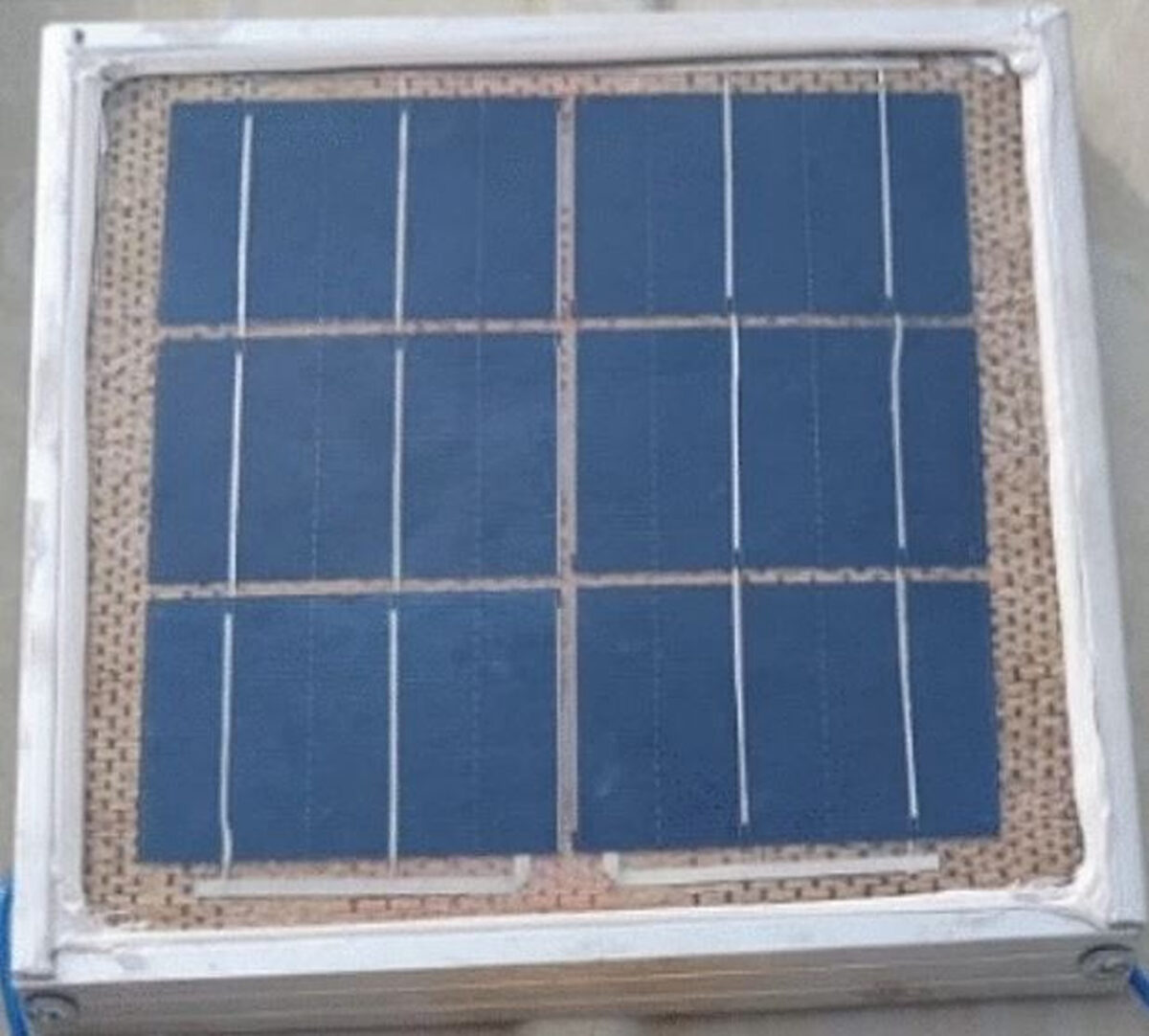The academics also found that the production of the sisal fibers emitted about 60% less CO2 and required 50% less energy than PET backsheets. “Solar panels with sisal fiber sheets exhibit adequate tensile strength and impact resistance and reduce operating temperature by 2–3 C, ensuring stable operation and minimizing heat loss,” they added.
To people joining this thread later asking where a commercial product of this is, or pointing out that 10% solar efficiency is way below other existing products, you’re missing the point.
This is basic research to prove one single aspect of solar panel construction. That question apparently was: “We currently know that PET backsheets work for solar panels, but can we use a different material which may have less CO2 impact and still produce a working solar panel?” The answer being “yes”. That is a big step that other people doing other research and product development can build on. It may be years (or never!) that a product comes to market with sisal fiber backsheets, but the answers from the work done here are integrated into the body of knowledge that will produce the next improvement in solar panels.
I also noticed the reduction in operating temperature, which can help improve energy generation efficiency. Hotter panels produce less energy (generally speaking).
Hotter panels don’t last as long too.
Based
I’m curious about two things. Will nesting birds or animals find this material tasty or good to gnaw on?
I always ask that ever since I learned vehicles using a more organic plastic for wiring harnesses suffer from shorts due to animals like mice nibbling the plastic because it smells tasty.
This is fantastic news, I’m so glad to hear this is being looked at.
Aren’t all modules bifacial these days?



